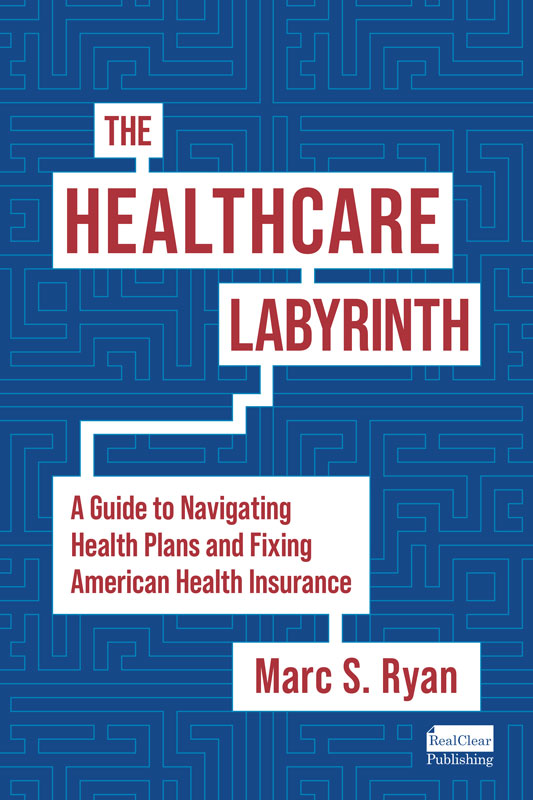
Part D Premium Woes Due To The Inflation Reduction Act
Major concerns are emerging that standalone Part D (PDP) plans are seeing skyrocketing premiums due to the unintended consequences of major Part D restructuring and out-of-pocket (OOP) cost reduction passed as part of the Inflation Reduction Act (IRA). A new report by the Council for Affordable Health Coverage (CAHC) asks Congress to intervene on what will be growing impacts in 2025 after premium rises in 2024. The increased costs in Part D are tied to a number of changes in the IRA. I went in-depth on all the Part D changes included in the IRA in an earlier blog on April 15, 2024: https://www.healthcarelabyrinth.com/major-changes-occurring-in-medicare-part-d/ . New costs to plans in Part D due to IRA Here is a brief summary of additional costs in the IRA now borne or will be borne in whole or part by plans since the IRA passed: 2023: 2024: 2025: In addition, PBMs are now













